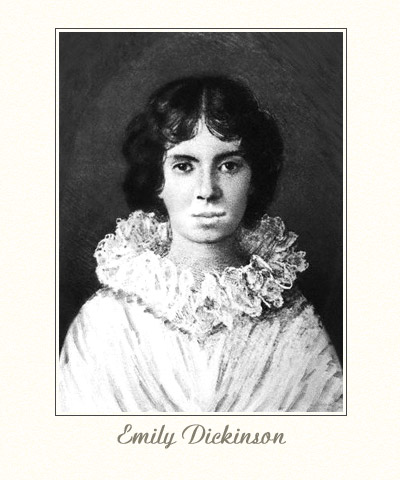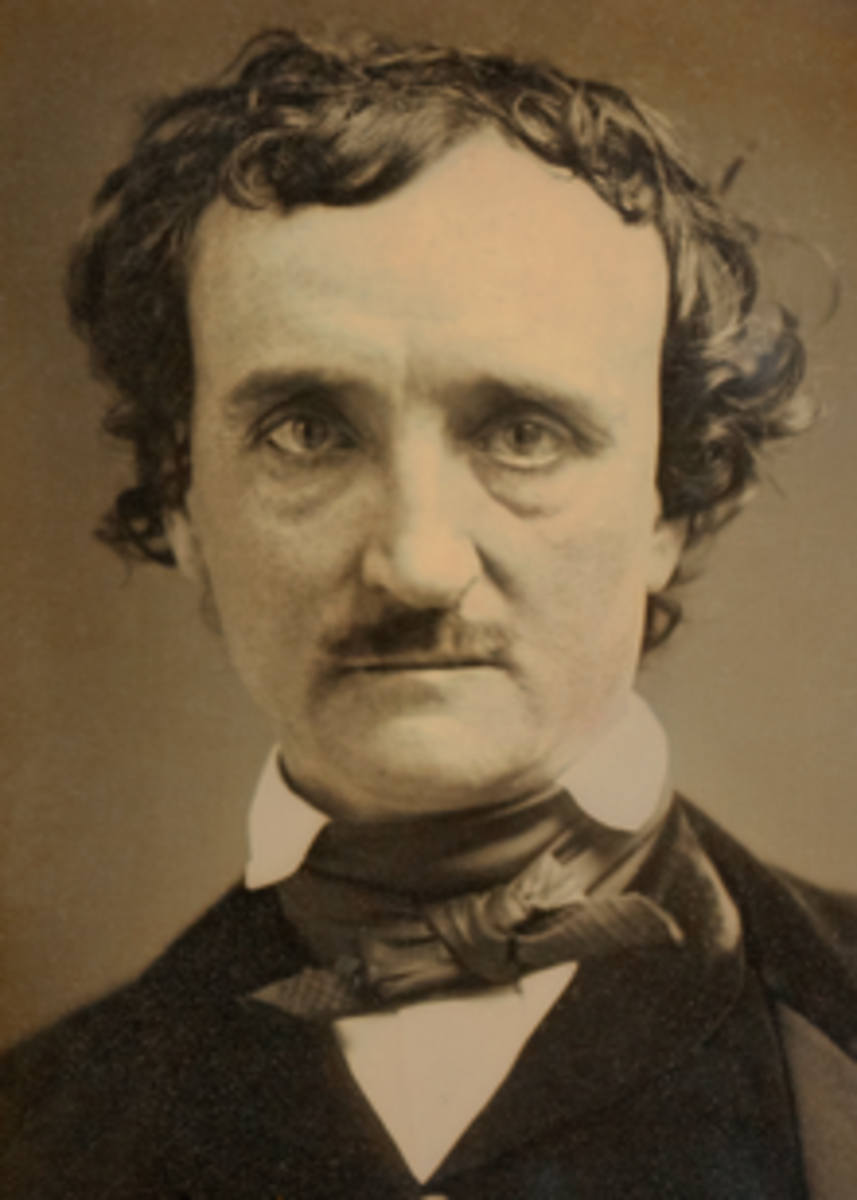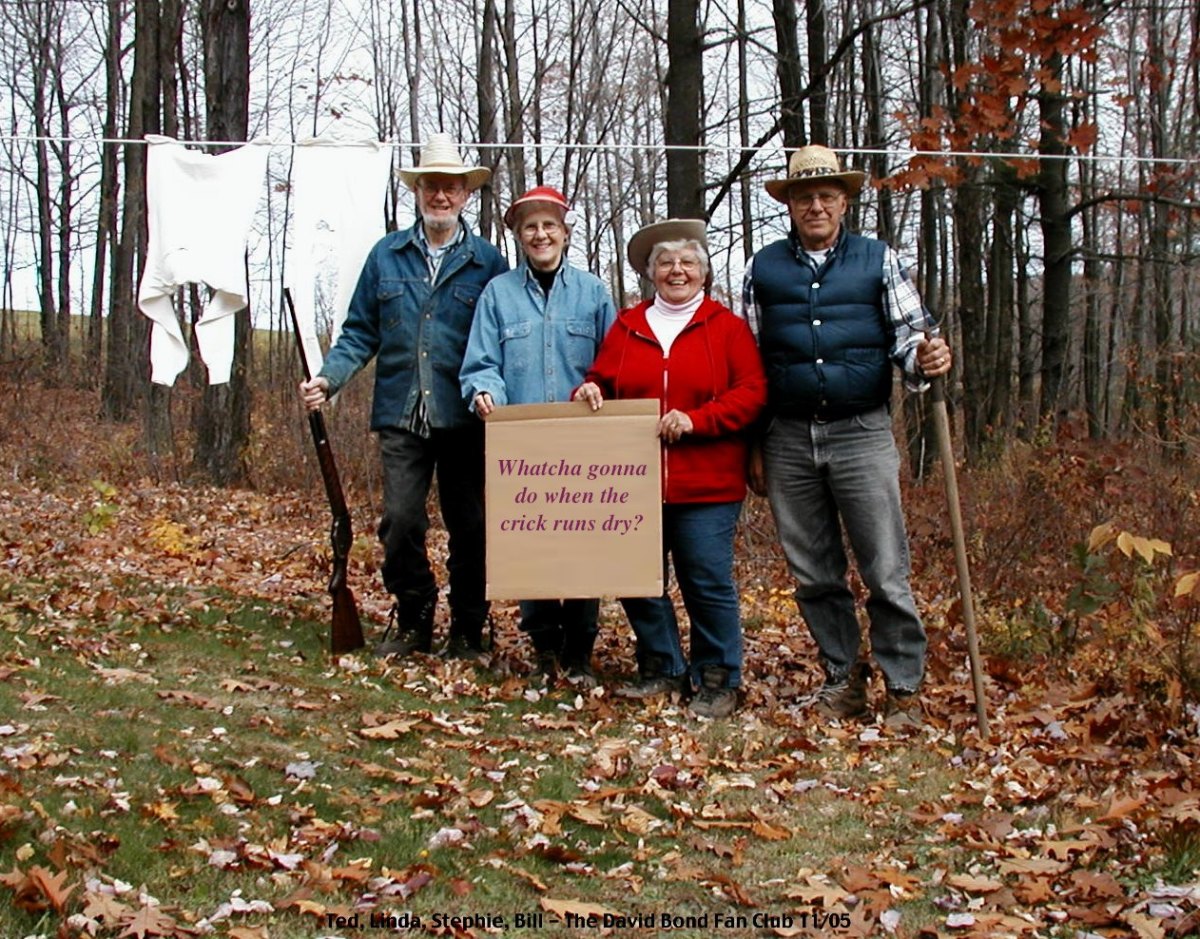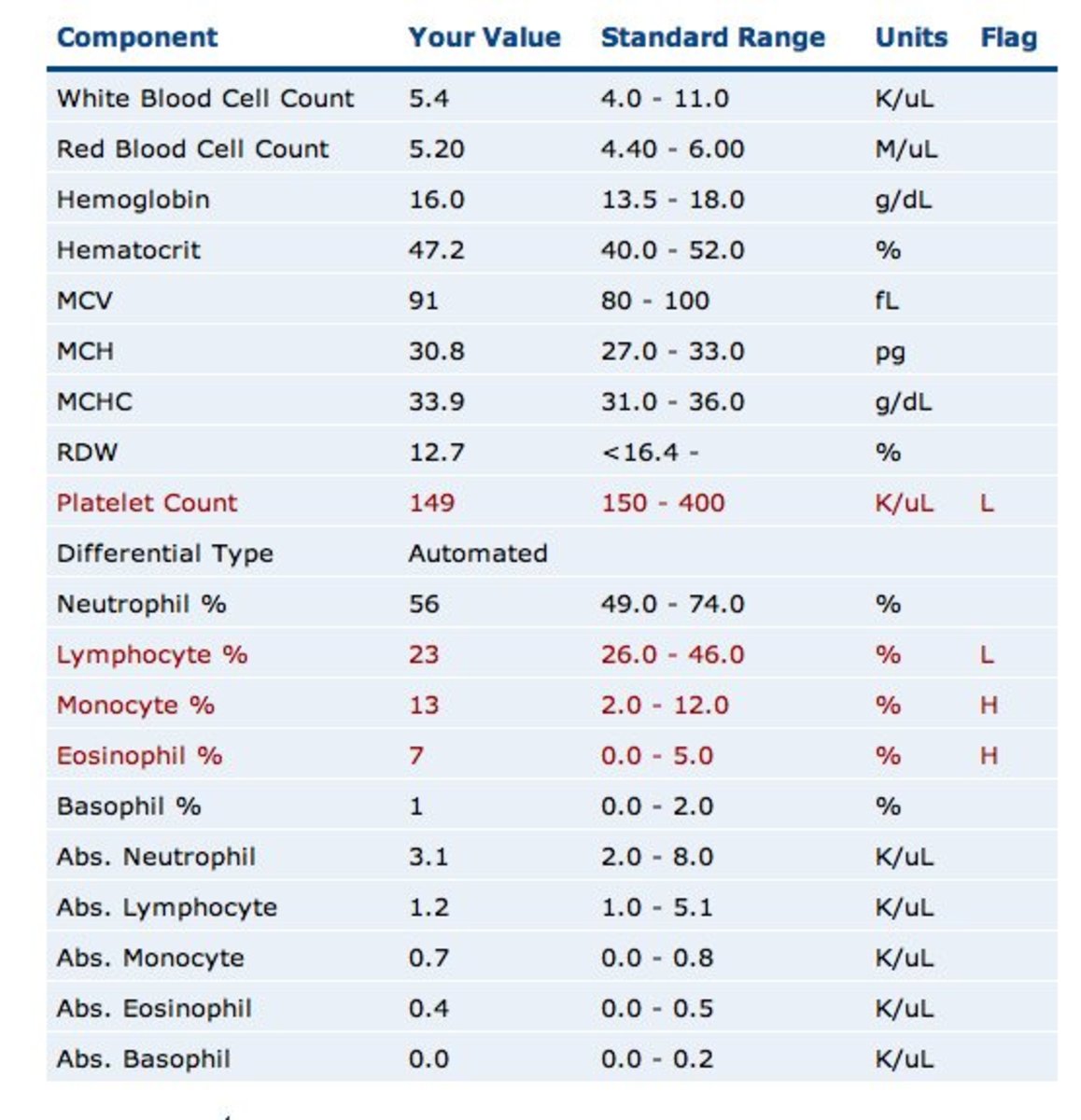Death in 19th Century American Literature
In the 19th century, death was a popular topic for many writers and poets. One reason that so many wrote about this subject was because death was a much more common aspect of life. Medicines that we take for granted today were not available in the 19th century. People died from the common flu or fever and the average life span was much less than it is today. Three writers in particular that focused on death are Edgar Allen Poe, Emily Dickinson, and Walt Whitman.

In Edgar Allen Poe's, The Raven, death is prevalent from the narrator's perspective. Lenore is the narrator's love in this poem who the narrator thinks is dead. The raven is the voice of death for the narrator. The speaker believes that the raven outside of his window is crowing "nevermore" in answer to his fear that his love Lenore is dead. Edgar Allen Poe uses the raven as a unique symbol of death and the voice of death. The voice of death tells the narrator all of the grievances that he will now have to suffer since Lenore is "nevermore." The entire poem is very gloomy and mournful because of Poe's word choice. Edgar Allen Poe uses phrases like, "midnight dreary," "weak and weary," "bleak December," and "silken sad uncertain rustling." These all emphasize the depressing tone of Poe’s poem. Edgar Allen Poe writes about death as if the narrator is in the grieving process and he portrays death as bleak and lonely.
Walt Whitman takes a very different approach when writing about death in his elegy When Lilacs Lats in the Dooryard Bloom’d. This piece of writing was dedicated to president Lincoln after he had been assassinated. He uses the star as a way to symbolize President Lincoln without directly stating that this elegy was about him. Unlike Edgar Allen Poe, Whitman uses beautiful phrases and cheerful words in contradiction with the tragedy that this was written about. For instance, in the fifth stanza, Whitman says, “lately the violets peep’d from the ground,” which signifies growth and new beginnings paired with “carrying a corpse to where it shall rest in the grave,” which signifies death and an end. In When Lilacs Last in the Dooryard Bloom’d Walt Whitman professes how much he cared for Lincoln and how much President Lincoln will be missed because of specific aspects of his personality and things that he accomplished. In The Raven, the narrator does not describe Lenore, only that he is going to be lonely.

In Emily Dickinson’s poem number 372, she writes about freezing to death. This poem is particularly unique because Dickinson writes this poem as if she knows exactly what freezing to death feels like. The last sentence describes the feeling: “First-Chill-then Stupor-then the letting go-.” Many of Dickinson’s poems are written with narrators who give the sense of being out-of-body. Emily Dickinson obviously did not know what freezing to death felt like at the time of writing this poem but her narrator does. The narrator gives us the insides scoop on death and dying, despite the fact that Emily Dickinson does not actually know what the scoop is. It gives the reader a creepy feeling from reading some of her poems since the narrators are often all knowing.
These three writers are only three of many perspectives of death in the 19th century. They are all three very stylistically different in portraying death and dying. Since death was a very prominent subject in everyday life, these pieces of literature might have been very relatable to the average person which is why these selected pieces are all very popular and still relevant today.









